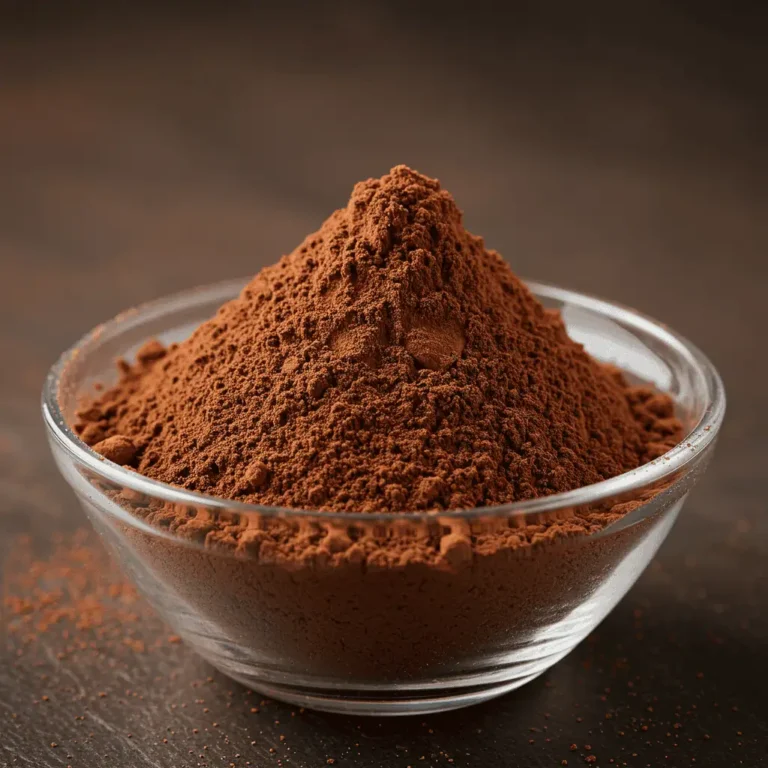Lemon vs Lime: Key Differences, Benefits, and Uses
Lemons and limes add vibrant flavour and potential health benefits to countless dishes and drinks. But are they interchangeable? Choosing the right one can subtly transform your dish or drink. Beyond their shared citrus zest lie key differences in flavour, appearance, nutrition, and ideal culinary uses that truly set them apart. Let’s find out!
Appearance and Taste
- Lemons: Typically bright yellow, larger, and oval-shaped. They have a tart, slightly sweet flavour.
- Limes: Smaller, round, and usually green. Their taste is more acidic and bitter than lemons.
Nutritional Differences
Both lemons and limes provide essential nutrients, but they differ slightly:
- Vitamin C: Lemons contain slightly more vitamin C per serving, which is essential for immune health.
- Citric Acid: Limes have a higher concentration of citric acid, which may aid digestion.
- Antioxidants: Both are rich in flavonoids and antioxidants, helping reduce oxidative stress.
Health Benefits
- Boosts Immunity: The high vitamin C content in both lemons and limes supports the immune system.
- Aids Digestion: Their acidic nature stimulates digestive enzymes and may relieve bloating.
- Supports Heart Health: Both fruits may help lower blood pressure and reduce the risk of heart disease.
- Improves Skin Health: Vitamin C helps with collagen production, promoting healthy skin.
Culinary and Household Uses
- Lemons: Often used in cooking, baking, salad dressings, and beverages. Their zest adds a fresh citrus aroma to dishes.
- Limes: Common in cocktails, marinades, Mexican, Thai, and Indian cuisines. Lime juice enhances the flavour of spicy dishes.
- Cleaning and Freshening: Both can be used as natural cleaning agents due to their antibacterial properties.
Which Is More Beneficial?
The choice between lemons and limes depends on individual needs:
- If you seek a higher vitamin C intake and a sweeter taste, lemons are preferable.
- If you want a stronger acidic component for digestion or flavour enhancement, limes are a better choice.
Common Varieties of Lemon
- Eureka Lemon – The most commonly available lemon with a bright yellow colour and
tangy flavour. - Lisbon Lemon – Similar to Eureka, but slightly more acidic and juicy.
- Meyer Lemon – A hybrid between a lemon and a mandarin orange, it has a sweeter, less acidic taste.
- Ponderosa Lemon – Large and thick-skinned, with a mild, slightly bitter taste.
- Yen Ben Lemon – A smooth-skinned variety popular in New Zealand, known for its high juice content.
Common Varieties of Lime
- Key Lime (Mexican Lime) – Small and tart, commonly used in key lime pie and cocktails.
- Persian Lime (Tahiti Lime) – Larger, seedless, and less acidic than key limes, widely
used in cooking. - Kaffir Lime – Known for its aromatic leaves, often used in Thai cuisine.
- Finger Lime – Native to Australia, it has caviar-like juice vesicles used in gourmet dishes.
- Sweet Lime (Mosambi) – Milder and less acidic, often consumed as juice in tropical
regions.
When to Take Lemons and Limes
- Morning (On an Empty Stomach): Drinking warm lemon water can aid digestion, detoxification, and hydration.
- Before Meals: A squeeze of lemon or lime can enhance digestion and increase nutrient absorption.
- After Heavy Meals: Helps reduce bloating and acidity.
- During Illness: High vitamin C content boosts immunity and helps in faster recovery from colds and flu.
- Post-Workout: Lemon or lime-infused water helps replenish electrolytes and fight muscle cramps.
Who Should Take Lemons and Limes
- People with Weak Immunity: High vitamin C content strengthens the immune system.
- Those with Digestive Issues: Helps with bloating, indigestion, and constipation.
- Weight-Conscious Individuals: Low in calories and aids in fat metabolism.
- People with Skin Concerns: Antioxidants and vitamin C promote glowing skin.
- Individuals with Kidney Stones: The citric acid in lemons may help prevent stone formation.
Who Should Avoid or Limit Lemons and Limes
- People with Acid Reflux or GERD: High acidity can worsen heartburn and reflux.
- Those with Citrus Allergies: Some individuals may experience allergic reactions like itching, swelling, or rashes.
- Individuals with Mouth Ulcers: The acidity can cause irritation and pain.
- People with Tooth Sensitivity: Excessive consumption can erode enamel and lead to sensitivity.
- Those on Certain Medications: Citrus fruits may interact with medications like blood pressure drugs and statins; consult a doctor if unsure.
Conclusion
While lemons and limes share many similarities, they each offer unique advantages. Whether for culinary, health, or household uses, both fruits are valuable additions to a balanced diet. Choosing between them depends on taste preferences and specific health benefits.
So what do you prefer – lemons or limes in your daily routine? Let us know in the comments!
Discover more from The Kitchen Code
Subscribe to get the latest posts sent to your email.










